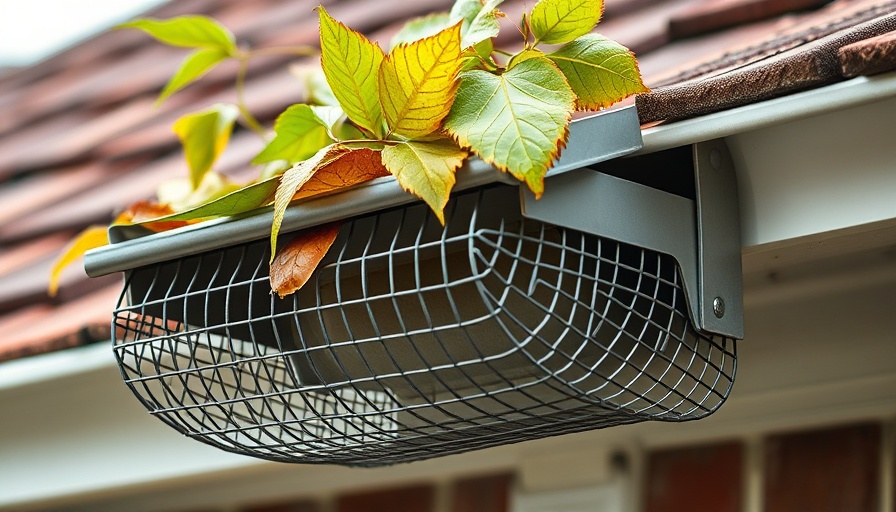
Cleaning Teams: In-House vs. Outsourced – What Really Matters?
In an era where hospitals face increasing pressure to maintain high cleanliness standards to prevent infections, the choice between in-house and outsourced cleaning teams has emerged as a pivotal concern. Surprisingly, recent studies reveal that the quality of training, supervision, and oversight are far more critical factors than simply choosing between internal staff or contracted services.
The Results Speak for Themselves
One eye-opening study conducted in Chile highlighted the importance of training in effective infection control. Before a training program was rolled out, only 25% of surfaces cleaned by in-house teams were found to be clean, while external staff boasted a much better score of 68%. Remarkably, after receiving adequate training, the performance of in-house staff jumped to 80% – a testament to the effectiveness of educational interventions.
Understanding Costs: Are You Getting What You Pay For?
An analysis from Uganda aimed to dissect the financial implications of outsourcing versus employing in-house staff. The results indicated that while outsourcing often requires a higher initial investment, substantial benefits can arise if there are stringent quality control measures in place. Hospitals must ensure that if they spend more on outsourcing, they do monitor the effectiveness to justify these costs. Without proper checks, hospitals may end up compromising their standards.
Defining Success: What does Effective Management Look Like?
In a study from India, the key to successful outsourcing was identified as clearly defined roles and responsibilities, meticulous supervision, and established performance standards. Advanced tender documents are more likely to include specifics about workload distribution, monitoring, and sanctions for poor performance. This highlights the necessity of thoughtful management strategies in all cleaning operations, which can align with the hospital's meticulous infection control standards.
Environmental Hygiene Nurses: A Game Changer in Infection Control
Further emphasizing the need for strong oversight in cleaning protocols is research from Argentina, which identified that the introduction of a dedicated Hospital Environmental Hygiene Nurse (HEHN) led to a 53% reduction in multi-resistant organism healthcare-associated infections. This role is especially vital, as HEHNs are part of the infection control team rather than cleaning contractors, providing direct supervision and training that keeps staff motivated and informed.
A Collaborative Approach: Bridging Expertise for Better Outcomes
The ideal scenario for hospitals is the formation of a collaborative model where infection prevention nurses link with environmental services managers. Such collaboration ensures that cleaning practices meet necessary infection control standards without burdening infection control nurses with the day-to-day operations of the cleaning teams.
Final Thoughts on Infection Control Strategies
The discussion around in-house versus outsourced cleaning staff is more nuanced than it appears. The critical takeaway is the undeniable impact that training, supervision, and collaborative strategies have on infection control outcomes. By enhancing these elements, hospitals can significantly enhance their cleaning effectiveness, ensuring a safer environment for patients and staff alike.
 Add Row
Add Row  Add
Add 






Write A Comment